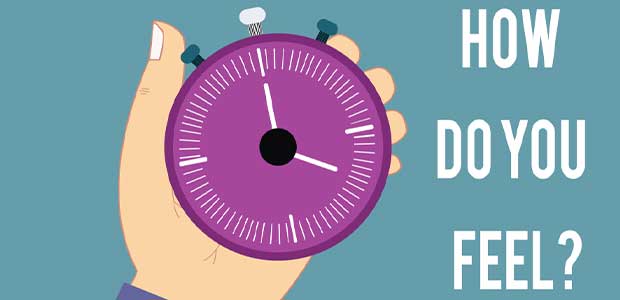
New NIOSH Survey Helps Determine Workers' Well-Being
Employers and health professionals are encouraged to distribute the survey.
- By Shereen Hashem
- Apr 13, 2021
The National Institute for Occupational Safety and Health (NIOSH) announces a new resource designed to measure workers’ well-being. The Worker Well-Being Questionnaire (WellBQ) is a free survey to help researches, employers, workers and many more to understand well-being and potentially create interventions.
“Worker well-being is a unifying concept that characterizes quality of life with respect to a person’s working conditions, circumstances outside of work, and physical and mental health status,” said NIOSH Director John Howard, M.D. “NIOSH is excited to offer this new tool that anyone can use to evaluate worker well-being in order to help identify opportunities to advance worker well-being through workplace policies, programs, and practices.”
Those who are interested in measuring the well-being of workers should use the questionnaire. For example:
- Employers, professionals and decision makers – advance worker well-being in the workforce as a whole or within various subpopulations, including: industry and occupational sectors or demographic groups
- Experts and policymakers can monitor changes in well-being in relation to economic conditions, trends or change in policies.
- Researchers and consultants can assess the well-being of a working population before, during and after an intervention
Information
The NIOSH WellBQ is guided by the worker well-being framework designed by NIOSH and the RAND Corporation.
The framework identifies five domains of worker well-being:
- Work Evaluation and Experience
- Workplace Policies and Culture
- Workplace Physical Environment and Safety Climate
- Health Status
- Home, Community and Society
According to an article, the draft of NIOSH WellBQ was tested nationwide in a sample of 975 workers. After reviewing results, the questionnaire takes about 15 minutes to complete. For more information on NIOSH, click here.
About the Author
Shereen Hashem is the Associate Content Editor for Occupational Health & Safety magazine.